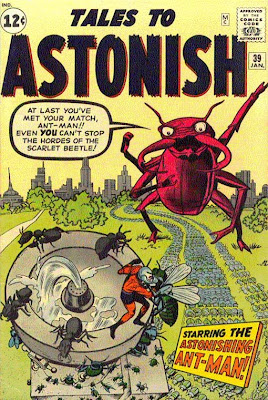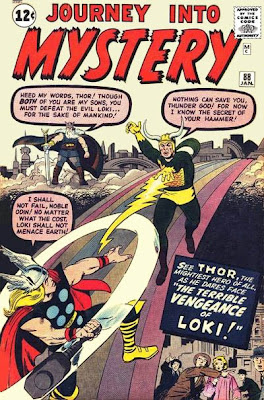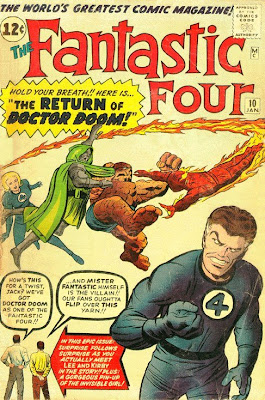-

-
-
-
-
-
-
-
-
-
-
-
--
-
-
-
-
--
-
-
-
-
-
-
-
-
I’ve always enjoyed Louis L’Amour’s Western novels. The one I just finished reading—The Iron Marshal (1979)—is typically good.
It’s a bit atypical, though, in that the main character is not a born and bred Westerner, as most of L’Amour’s protagonists usually are. Tom Shanaghy was born in Ireland and emigrated to the States when he was 11. He did most of his growing up in the tougher sections of New York City, where he worked for a Tammany Hall politician. Though never quite a crook himself, he lived on the edge of corruption. He also had plenty of reason to develop skill in using his fists and a gun.
When gang violence breaks out, Tom is abruptly forced to hop a freight train out of town. He ends up in Kansas. Soon, via a set of rather unusual circumstances, he ends up as the town marshal. Now all he has to do is stop an angry cattleman from burning the town to the ground, foil the robbery of a gold shipment, and solve a murder or two. And, oh yes, face off against the five members of a local family who have gotten really ticked off at him.
It’s a really well-constructed story, fusing the Western with elements more usually found in detective stories. (Actually, a lot of writers have done that. But it's perpetually cool whenever it's done well.) Tom’s journey from big city thug to Western lawman nicely parallels his growth as a person, as he gradually comes to realize he wants to do something productive with his life. And, as is typical in L’Amour’s novels, the action set pieces are a lot of fun, involving several fist fights as well as gunplay.
All in all, The Iron Marshall shows L’Amour’s typical strengths as a writer, but is also just different enough in terms of plot and character to make it stand out from his other works. It’s not his absolute best novel (that’d probably be Hondo), but it still makes for an entertaining sojourn back to the Old West.



















